
This Steiner T5Xi optic offers adjustments in .1 milliradian increments. What’s a milliradian? Read on…
The Mil-Dot system is exceptionally versatile – if you know how to use it. If you drive a submarine, you can use them to figure out how far away you are from a ship that needs torpedoing. If you shoot a rifle, you can use mil-dot to hold the correct amount over a distant target. Or, if you have the system on an optic like a spotting scope, rifle scope or binoculars, you can use it to accurately figure out how far away something (or someone) is.
There’s a lot of fancy math behind the whole mil-dot thing, but we’re going to ignore most of that here and explain the concept, and more importantly, how you can use it, in plain English. There won’t even be a quiz at the end, I promise.
The Math
The biggest problem with mil-dots is that most people try to explain them using big words like tangent, subtension, and fractions. We’ll try to avoid that here. I’m going to break my promise about not talking about math, but only for a second, so hold your nose and read on. I’ll make it painless, really.
Mil-dot is an abbreviation for “milliradian” and “dot”, which is from the English word meaning, dot. A milliradian is 1/1000th of a radian. What’s a radian? It’s a measure of distance traveled around a circle. So if you start eating the crust of a whole double-cheese and sausage pizza and work your way exactly half way around, you’ll have eaten 3.14159 radians of pizza crust. That’s half a circle, or three slices, as I like mine cut. It doesn’t matter how big the pizza is because radians measure the amount of travel around a circle of any size. Radians basically measure an angle. If you think of the same amount of munched pizza crust in terms of degrees, those 3.14159 radians are the same as 180 degrees.
Recognize that 3.14159 number? Yep, that’s Pi. Amazing coincidence that I used both Pi and pizza in this example, isn’t it? If you remember junior high math, Pi helps measure circles. Half the diameter of a circle, times two, times Pi, equals the distance all the way around. So, there are 6.28 radians in any circle. Since there are 1000 milliradians in a radian, a circle is comprised of 6,280 milliradians.
Just because!
Here’s where people who really hate math make things a bit confusing. The U.S. Army says that there are 6,400 milliradians in a circle, not 6,280. Just because. It’s like arguing with your little brother. You can end debate by saying “Because!” with lots of conviction and volume. You know the Army has lot’s of conviction and even more volume. The Russians certainly aren’t going to agree with the U.S. Army, so they say there are 6,000 mils in a circle. Again, just because. We won’t get into a debate here of whether “because” from the Americans wins over “because” from the Russians. So, for this reason of “just because” from here on out we’re going to go with the theory that there are 6,400 mils (milliradians) in a circle. Just because.
What exactly is a milliradian?
So what’s a milliradian? It’s a pretty small angle in practical terms. If you stand at the shooting bench and hold your arms out in a really, really small angle of exactly one milliradian and looked between your outstretched hands, you would only be able to see 3.6 inches of your target if it was 100 yards away. Since angles work proportionally, if you looked at something 200 yards away, you would see 7.2 inches. If you looked at an object 1,000 yards away, you would see 36 inches of your target. See how that works? The angle of a milliradian translates to 1 yard at 1,000 yards range or just 3.6 inches at 100 yards range.


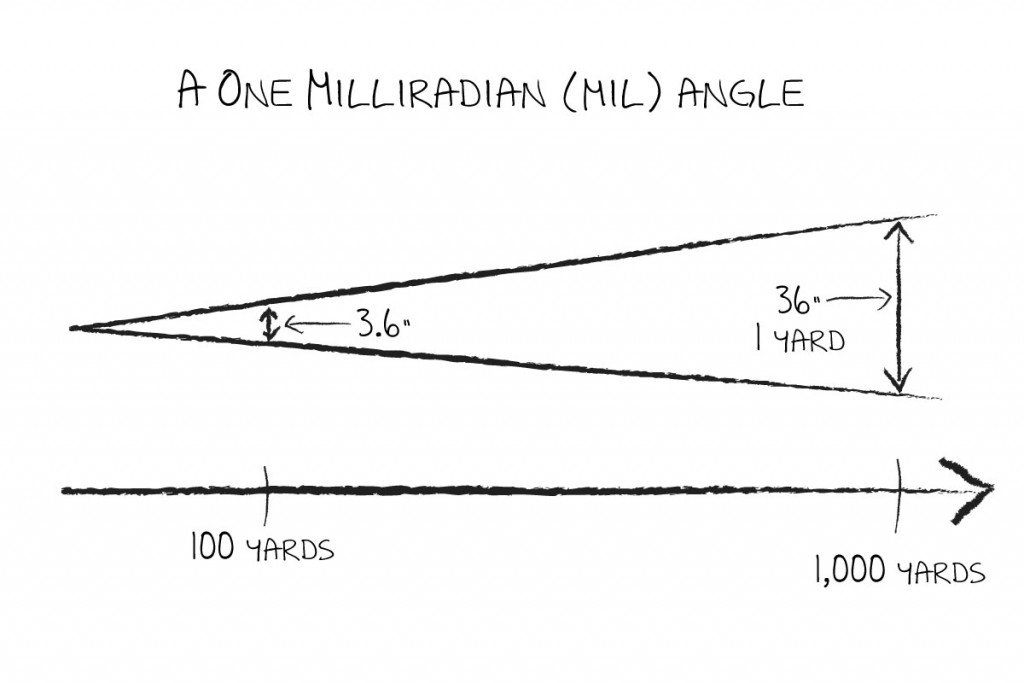
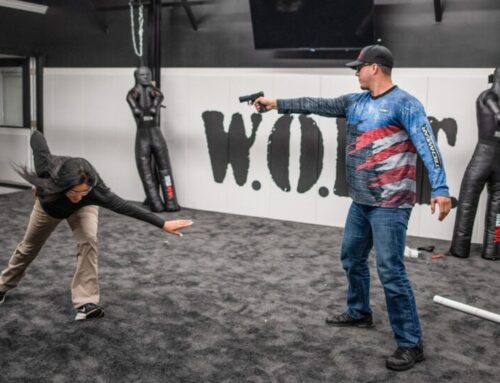
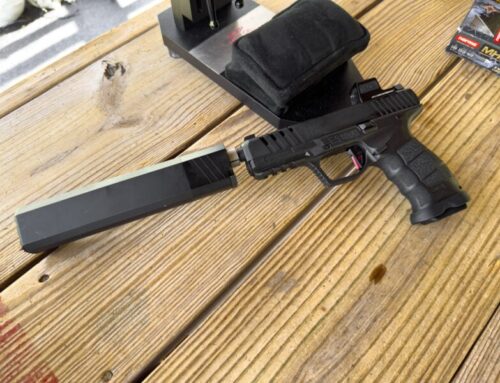
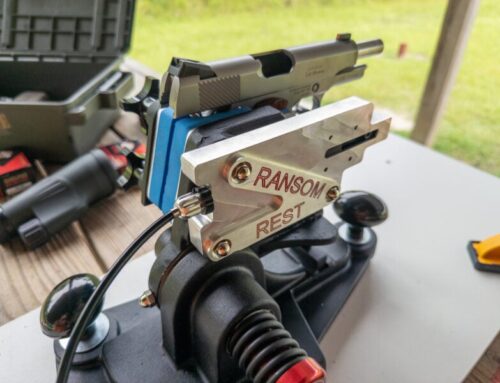
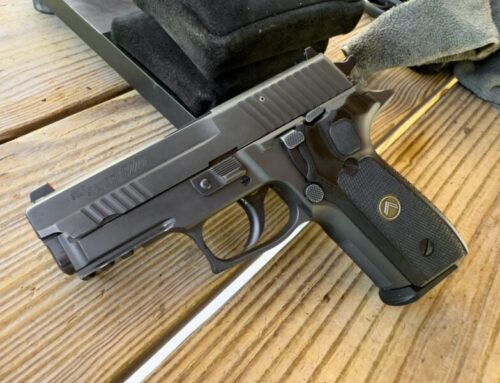
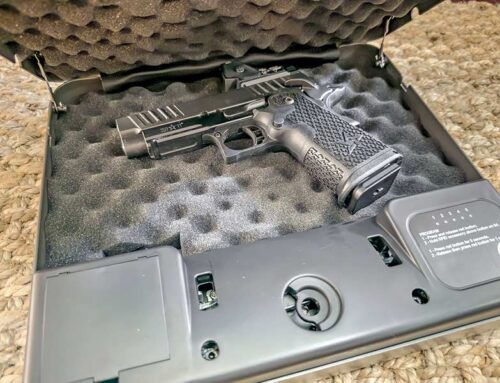
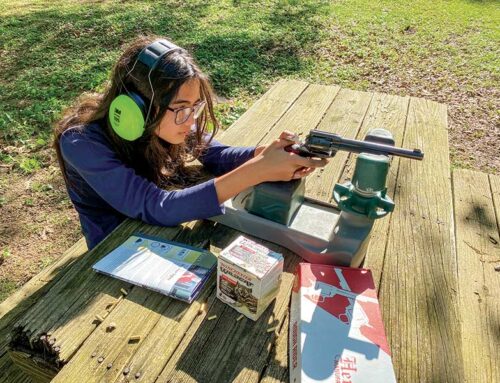
Leave A Comment